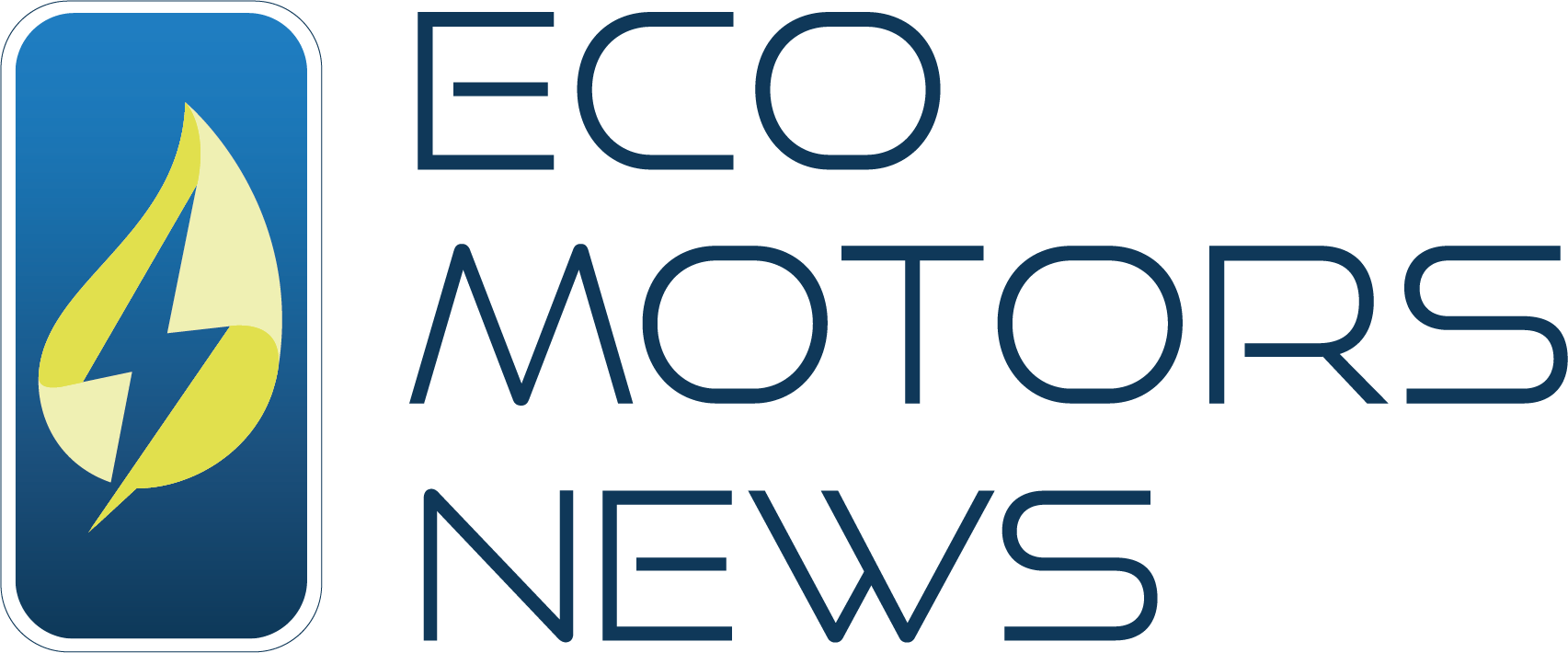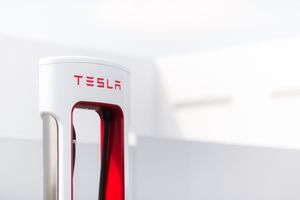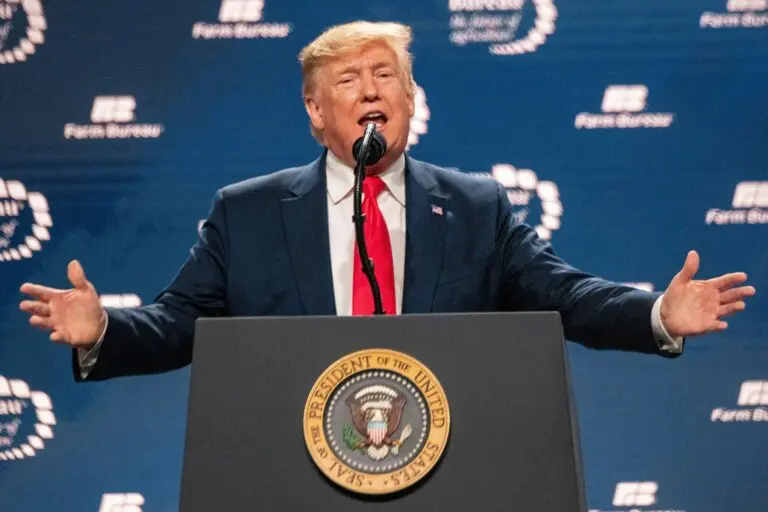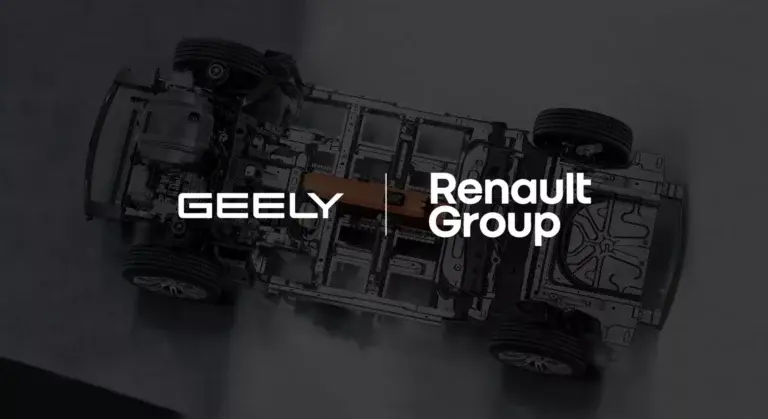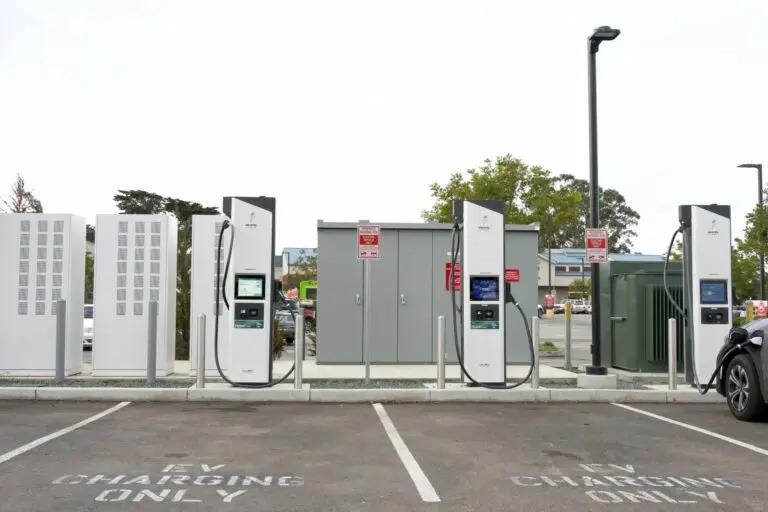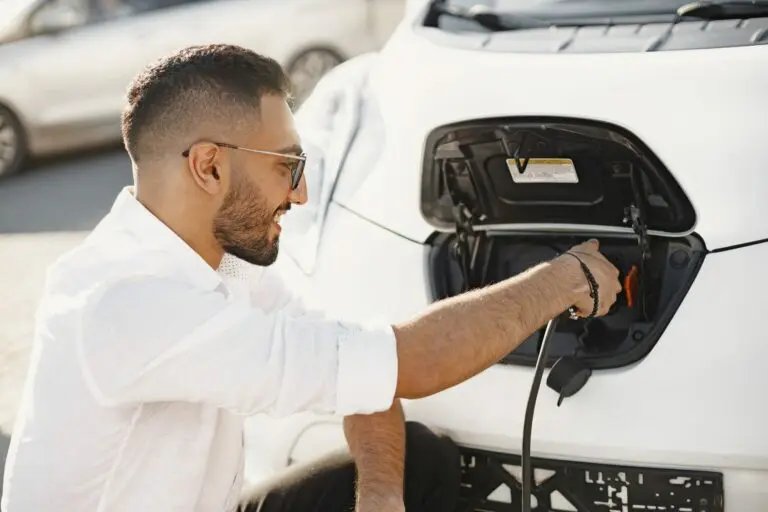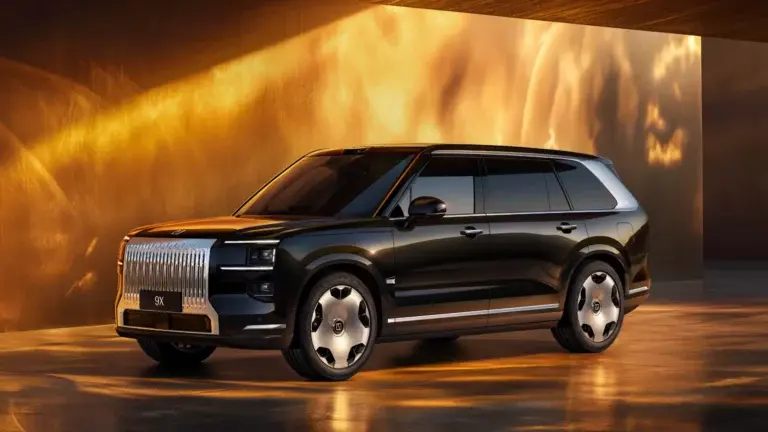Tesla, a multinational company founded in 2003 by a group of engineers and led by Elon Musk, was founded with the ambition of moving the world towards a more sustainable way of travelling. A leader in electromobility, Tesla has not stopped at building high-performance 100% electric vehicles: the company has also created a fast-charging network that has become emblematic: Superchargers.
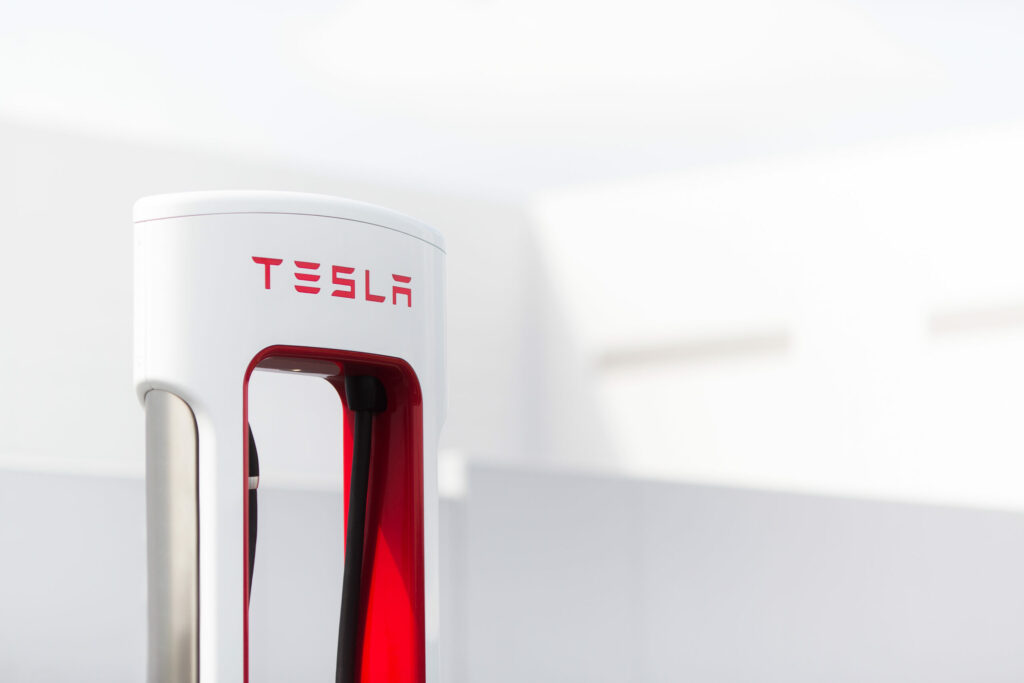
The mission of Tesla Superchargers
Eliminate the fear of running out of battery power, reduce the recharging time for electric cars (EVs), and thus enable motorists to travel long distances without constraint. Launched in 2012, initially in the United States, the Supercharger network has expanded at breakneck speed to keep pace with the growing popularity of electromobility. These ultra-fast recharging stations can recover hundreds of kilometres of range in just a few minutes – a major advance that has made a significant contribution to the democratisation of the electric vehicle.
Constantly improving recharging technology
Superchargers have come a long way since their launch. While the first versions were already capable of quickly recharging an electric car, with a power of up to 150 kilowatts, Tesla has taken things a step further in 2019 with the V3 Superchargers.
This third generation offers much higher performance: a maximum power of 250 kW per vehicle, with no sharing between the charging points, enabling much more efficient recharging, even when several cars are connected simultaneously. In concrete terms, a vehicle can recover up to 120 kilometres of range in just 5 minutes, and reach 80% of its battery in less than 25 minutes, depending on the weather conditions and the model.
Since 2021, this charging solution is no longer exclusive to Tesla: electric vehicles of any brand can benefit from it, via the Tesla app.
More recently, Tesla began installing an even faster version, called V4, capable of delivering up to 500 kW. This new generation of charging points will be available from the third quarter of 2025, and will be used to recharge powerful vehicles (Cybertruck, as well as certain Hyundai, Porsche and Kia models, etc.). The new charging points are also designed to accommodate the technologies of tomorrow, such as two-way charging (V2G – Vehicle-to-Grid), which will enable vehicles to return electricity to the grid when needed. However, current vehicles, whether Tesla or not, are limited to a charging capacity of 250 kW and will not yet be able to take advantage of this maximum power.
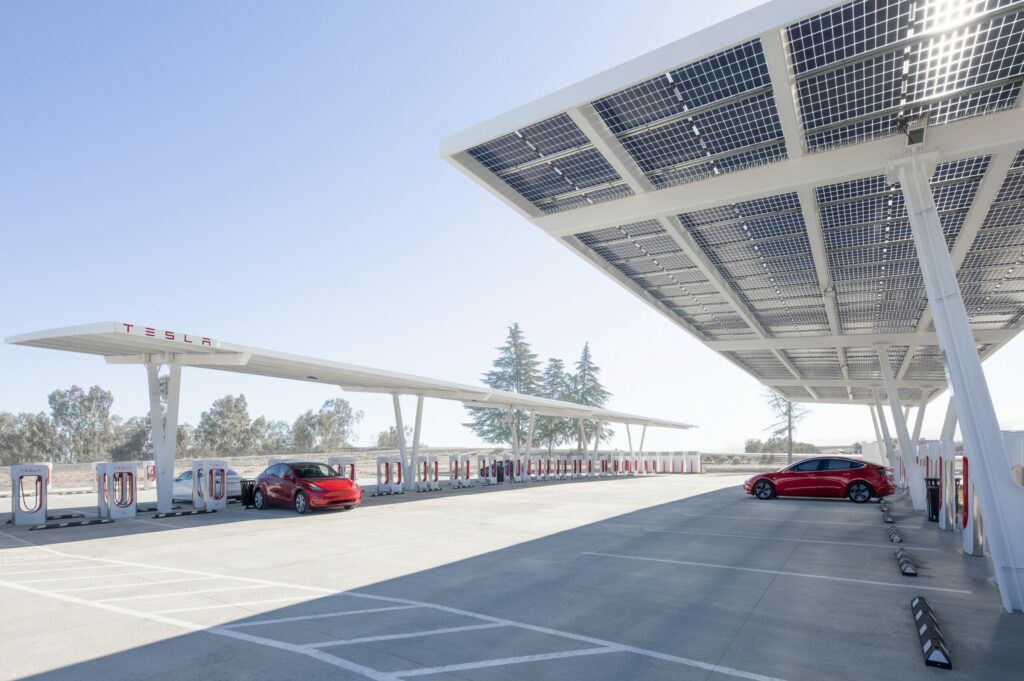
Massive international deployment
Since their launch, the deployment of these charging solutions has been impressive: by the end of the first quarter of 2025, Tesla had more than 60,000 Superchargers at over 6,000 stations worldwide. This network covers North America, Europe, Asia and certain strategic areas in Africa, the Middle East and Oceania.
This dense network represents one of the largest ultra-fast charging networks in the world, and above all one of the most reliable, with an availability rate of over 99%.
France is not to be outdone
France, a pioneer of electromobility in Europe, is no exception to the trend. France benefits from a particularly well-developed Tesla network. In May 2025, the network of Tesla Superchargers in France exceeded 3,000 fast-charging stations, spread across some 180 locations across the country.
With a high concentration along major motorway routes (A6, A10, A7, A1, etc.), but also in shopping centres and suburban areas, these stations are strategically located, making it easier for motorists to access recharging facilities.
Simplified use
What sets Tesla Superchargers apart, beyond their performance, is their ease of use, designed from the outset to be fluid, intuitive and almost invisible. For Tesla owners, all they have to do is park, plug the cable into their vehicle… and that’s it. No badge, no bank card, no application to manipulate: the vehicle is identified automatically and billing is linked directly to the user account.
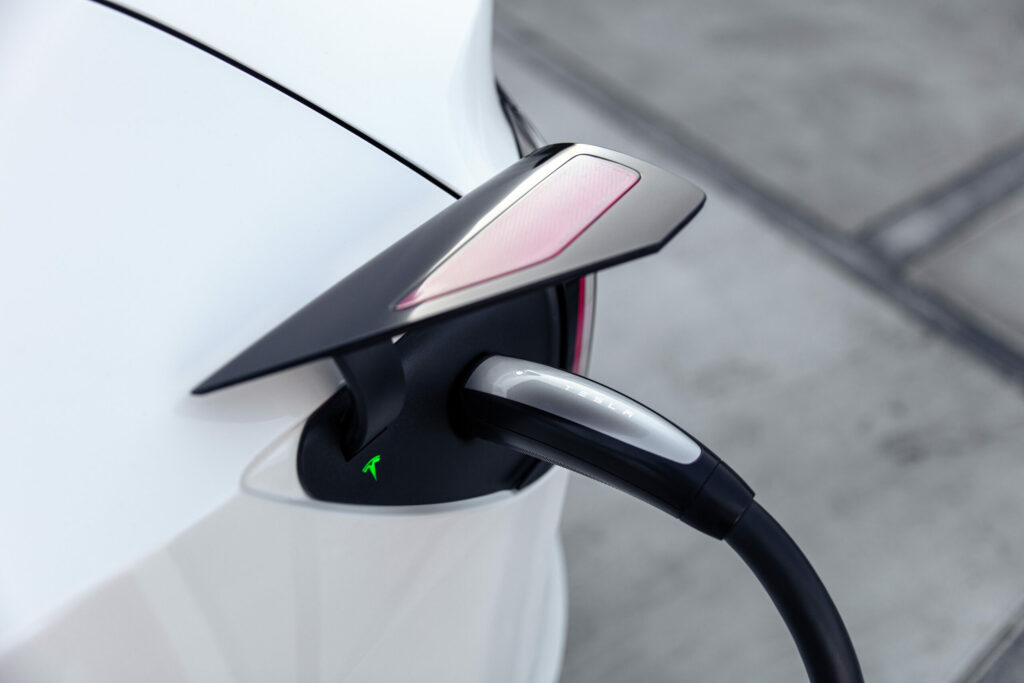
Even for drivers of electric vehicles of other makes, the experience remains seamless via the Tesla app, which enables users to locate a charging point, check its availability in real time and launch a charging session in just a few clicks. Payment is made simply by credit card registered in the app, with rates adjusted according to whether the user recharges on a one-off basis or opts for a monthly subscription. It’s a seamless process that makes recharging a pleasant experience, without the smells or the noise.
Towards an electric future
Tesla Superchargers embody more than just a recharging network: they illustrate an ecosystem that has been thought through in its entirety, where every detail is at the service of a fluid, rapid and accessible energy transition. Through this global deployment and ease of use, Tesla is redefining what electric mobility should be: not an alternative, but a matter of course.
